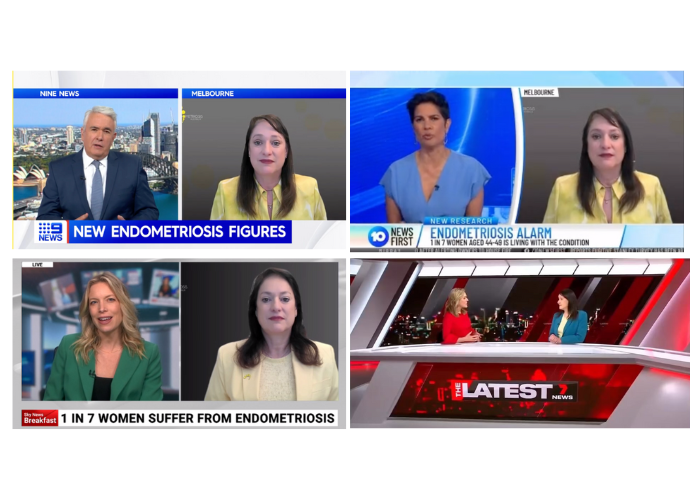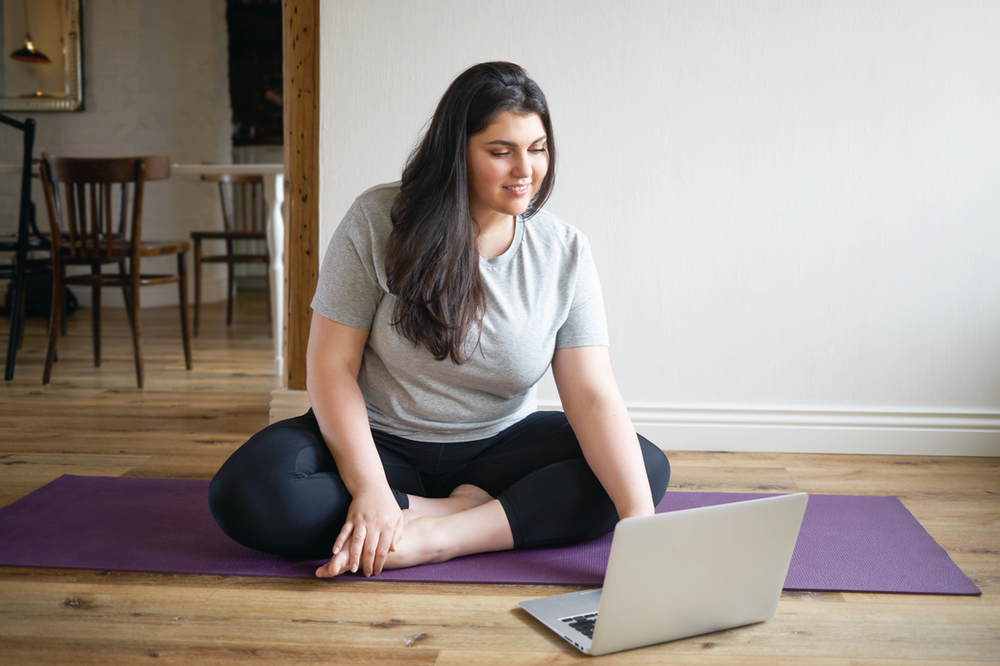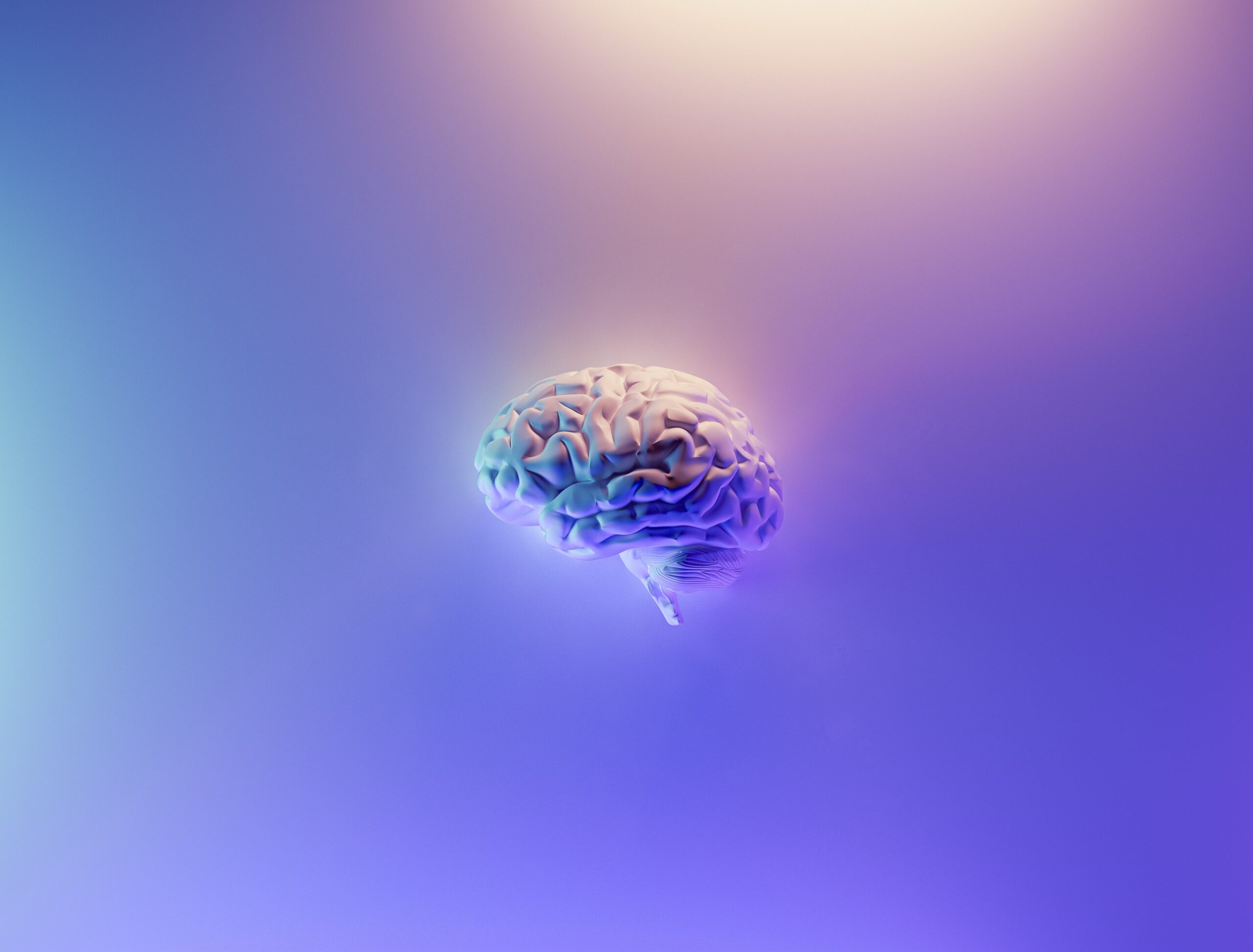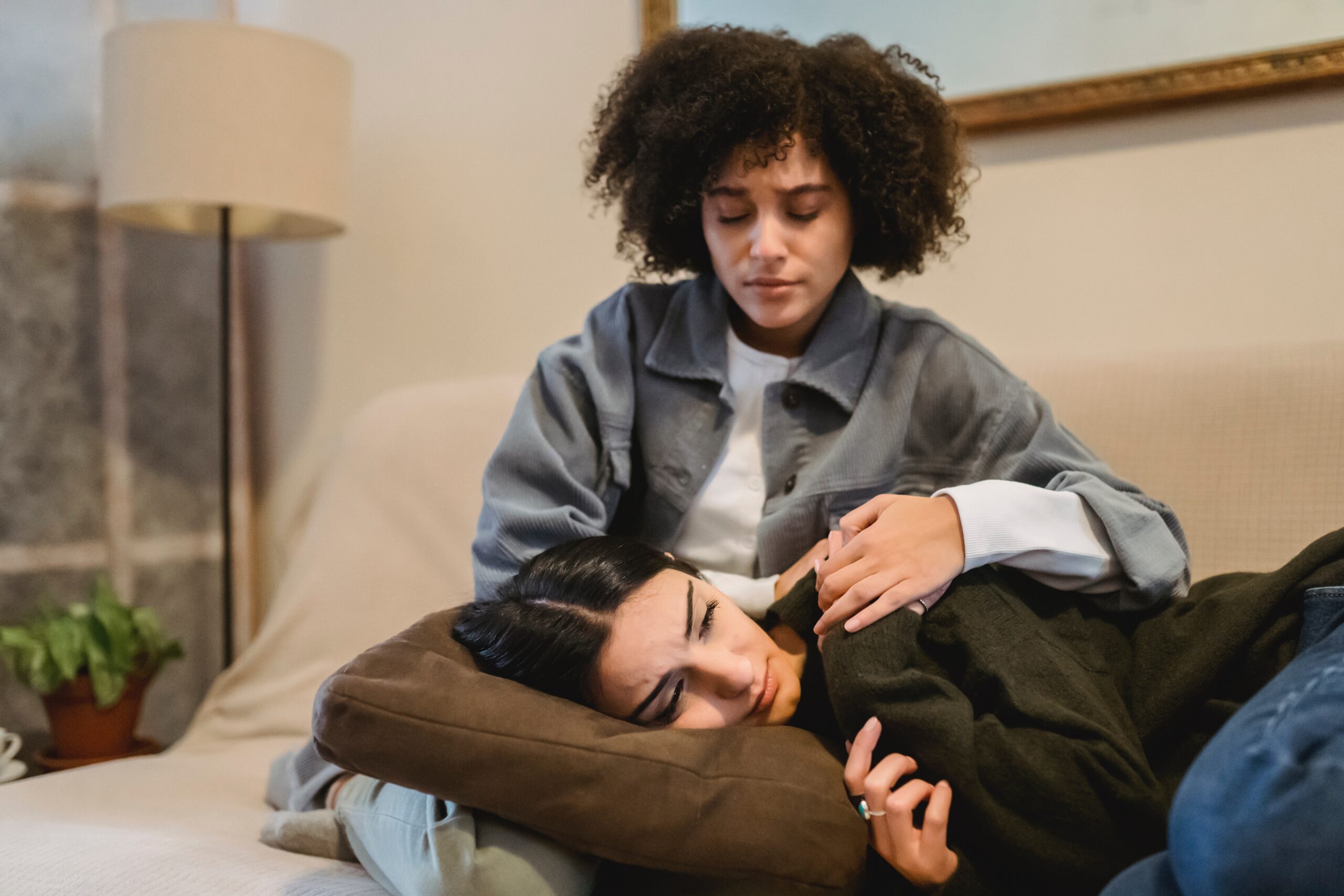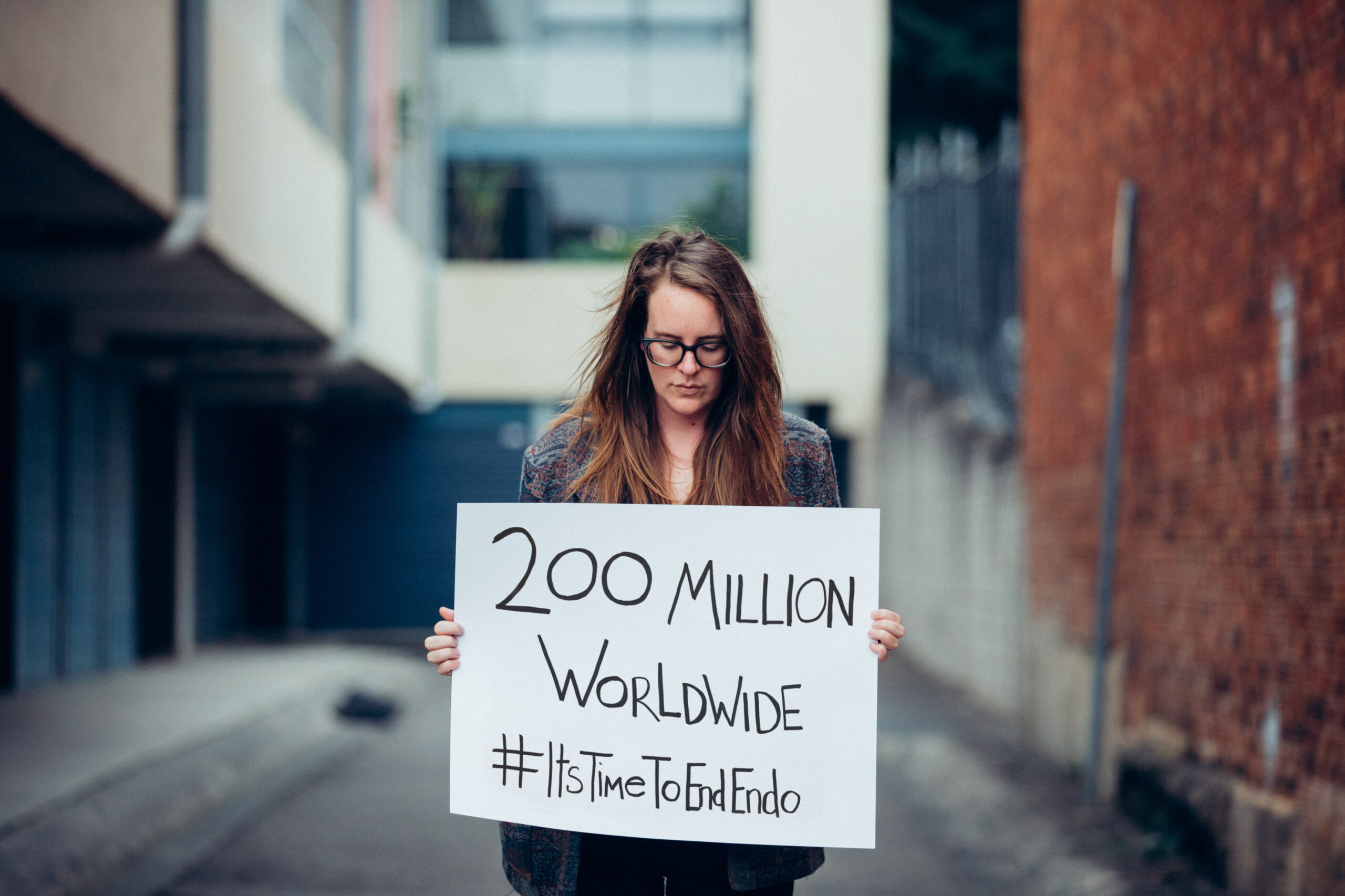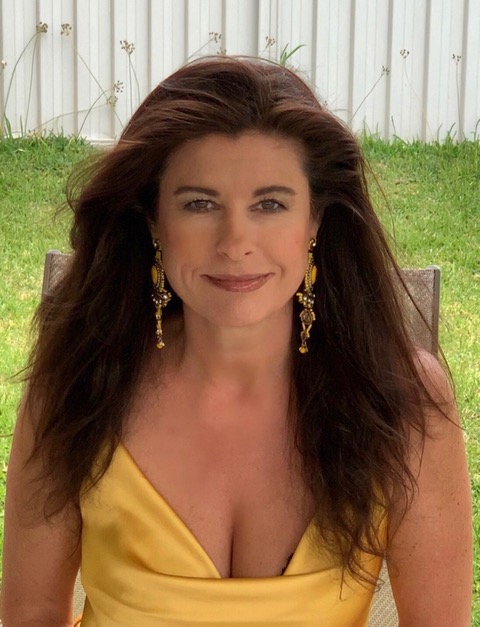A couple of weeks ago I participated in an online survey as part of Macquarie University’s research project titled The Psychosocial Impacts of Endometriosis.
The survey asked a range of questions relating to the pain and psychological impacts of endometriosis. It made me realise how individual the experience of pain is – how varied it can be for people with endo.
The study also made me reflect on my own pain, my responses to it, and how my methods of managing it have transformed and morphed over time.
One question listed a host of pain descriptors asking participants to rate them on a scale of 0 to 10 (worst possible). The pain descriptors included throbbing, shooting, aching, heavy, exhausting, sickening, punishing, cold, piercing and many more.
There was also a scale to rank the overall intensity of your endometriosis-related pain. This scale was – no pain, mild, discomforting, distressing, horrible, excruciating.
It took me a long while to answer this question as I often struggle to articulate my pain adequately or explain it to others.
“…I often struggle to articulate my pain adequately or explain it to others.”
My endometriosis pain can simultaneously be distressing, horrible and excruciating but it can be other things too.
Before I had my diagnosis, I remember describing my period pain as akin to having a family of echidnas in my belly. I like echidnas, think they are adorable, but I was trying to explain that it felt like there were hundreds of spikes poking relentlessly at my insides.
As time wore on, I started to feel a severe kind of pulling pain. I felt this pain mostly in my lower back. I would often struggle to stand up from a seated position. To me, it felt as though my insides were trying to rip themselves apart. At its worst, I was forced to lie on the pavement, in the rain on my way to the corner store, because the pain was so intense, and I was worried I would faint or throw up if I didn’t try to stretch out.
I’ve also experienced aching, tender, and nauseating pain. Sharp, cramping and burning pain. Shooting and gnawing pain. Other times my pain has been constant and exhausting.
I think it is interesting to note that pain is not an indicator of the severity or even the existence of endo itself. A person can experience no pain at all, yet still, be diagnosed with the disease.
For me though, even before my diagnosis, my endo pain had become all-encompassing, persistent, and chronic.
Endo is considered a chronic inflammatory condition. The Australian Pain Management Association notes that pain is thought to be chronic if it persists beyond the normal healing time of around three months. This type of pain involves the nerves and nervous system and can cause nerves to keep firing and signalling pain.
My experience of chronic pain was that I would wake up in pain every day – the pain would continue varying in severity. Sometimes my pain would wake me during the night. After months of this, if I woke up not in pain (which was rare) I felt like something was wrong. Pain had become my norm.
“Pain had become my norm.”
This type of pain was utterly exhausting. It was as if a dark threatening storm cloud was constantly overhead threatening to ruin an afternoon picnic.
How has my pain changed?
Now, my pain is no longer persistent. There are days where I do not experience any endo pain. As an estimate, I would say I am probably in mild pain for about half the month and more severe pain for about 10 days of the month with some pain-free days scattered in the mix.
I think now more than ever, I find the pain to be less distressing and anxiety-producing. The pain itself doesn’t bother me as much as it used to. I think this is because I’ve learned a bit more about what is causing it, why my bloated endo belly hurts, what is going on in my inflamed insides, and how my body and brain are reacting. Because of this, I’m less fearful.
Interestingly, I find my pain more depressing now.
Some days when I have to sit down in between simple household tasks with my heat pack, cancel plans to rest, call into work to take time off, or when I’m curled in the bath or bathroom floor nauseated, haemorrhaging blood with the most intense echidna house party ravaging my insides, I can’t help but feel defeated.
It is hard work to still be managing pain after three surgeries and what seemed like an age on a hormonal treatment that caused its own kind of pain.
Managing this pain has involved a lot of trial and error and I have made some missteps along the way.
Thankfully, I’ve landed in a place where I am not afraid of my pain, nor do I have to rely solely on opioids to manage it – although they do get invited to the party as needed. Instead, I have my electric heat pack (one of the loves of my life), anti-nausea medications, baths, hot showers, stretches, yoga, a tens machine, rest, swimming, medical professionals and an incredibly understanding partner who I can rely on to help me when I’m struggling. I have also learnt to try whenever possible to persist in a gentle reminder to myself that ‘this too shall pass.’
For anyone struggling with any kind of pain right now, I sincerely hope that it passes or at least eases soon.
Sending love
Rach
XX
Photography provided by Cole Bennets
Written by,
Rachel Burke


